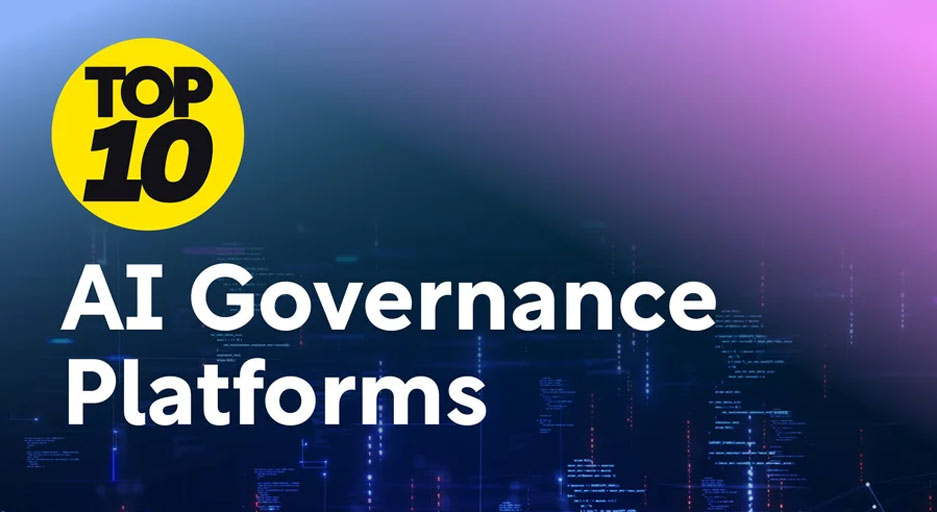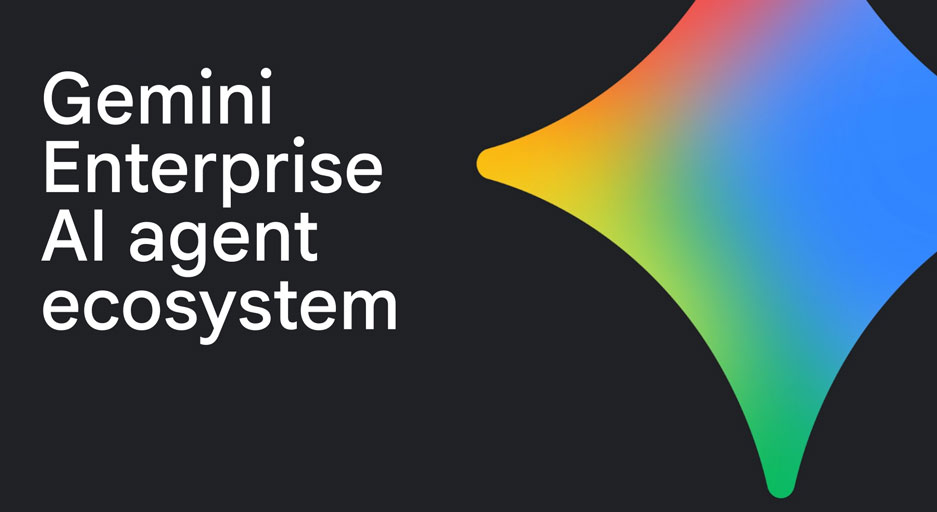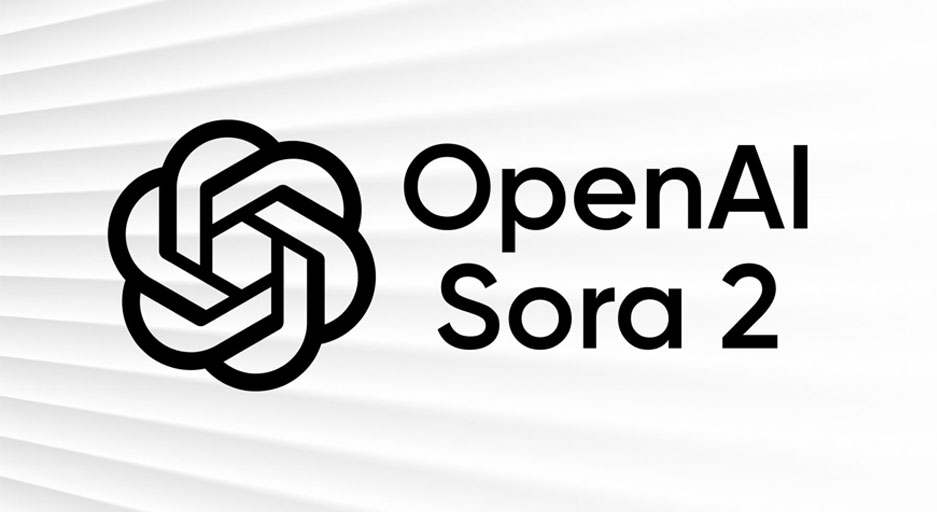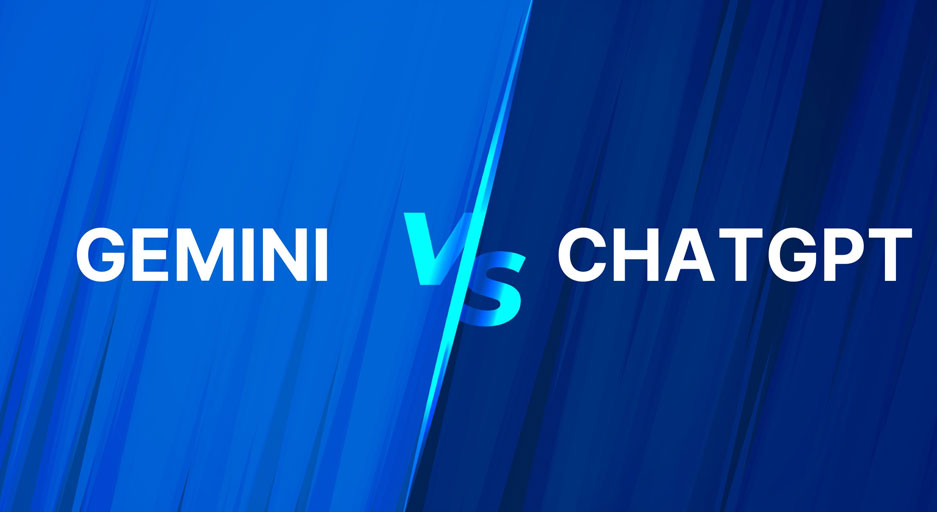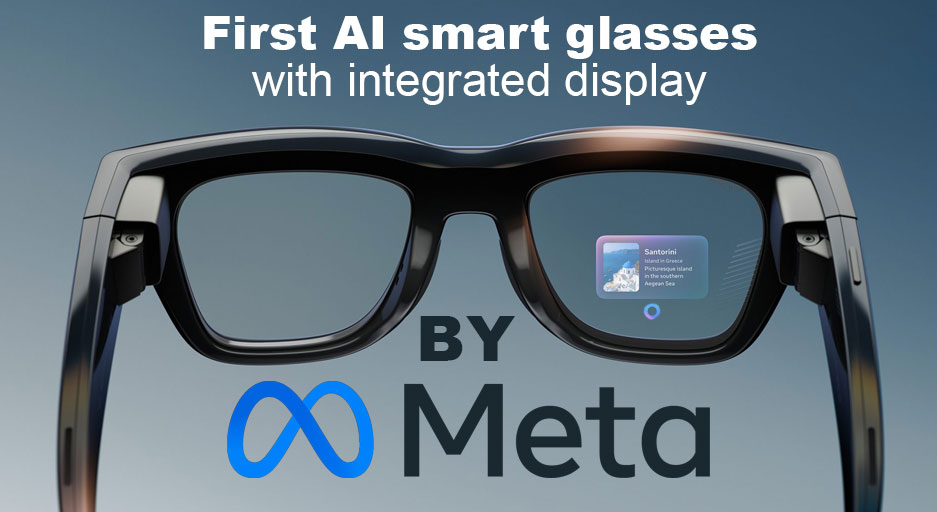“Why Python is the #1 Programming Language in 2025”
The Unstoppable Ascent: Python’s Market Dominance in 2025
Python’s trajectory to the summit of programming languages is characterized by consistent, robust growth and unparalleled widespread adoption across an increasingly diverse array of sectors. According to the authoritative PYPL PopularitY of Programming Language chart, Python currently commands a commanding 29.6% market share, demonstrating its unequivocal leading position with a positive 1.7% one-year trend. This is far from a fleeting trend; Python’s enterprise usage is projected to rise significantly, with an estimated growth of nearly 25% by the close of 2025. This compelling data unequivocally underscores Python’s status not just as a popular language, but as a strategic and indispensable investment for companies actively striving to innovate in critical, high-growth fields such as data science, machine learning, and artificial intelligence. Its consistent top-tier performance across various ranking metrics, as comprehensively reported by the IEEE Spectrum, further solidifies its “king” status across enterprise, web, and embedded programming landscapes.
The synergistic combination of a high market share and substantial projected enterprise growth signifies a deep, sustained institutional adoption of Python beyond mere individual developer preference. This indicates that Python is rapidly becoming a foundational technology for businesses due to its proven return on investment and inherent versatility, rather than simply being a trendy tool. The corroboration from the IEEE Spectrum report adds another layer of authoritative validation, demonstrating broad industry acceptance and strategic importance. The consistent growth and widespread adoption across diverse sectors, from startups to large enterprises, highlight Python’s adaptability and its capacity to meet evolving technological demands. This broad appeal is a testament to its fundamental design strengths and its ability to integrate seamlessly into various development environments, making it a reliable choice for long-term strategic planning in technology.
Core Pillars of Python’s Supremacy
Python’s dominance is built upon a foundation of intrinsic strengths that collectively make it an exceptionally powerful and adaptable tool in the modern programming landscape.
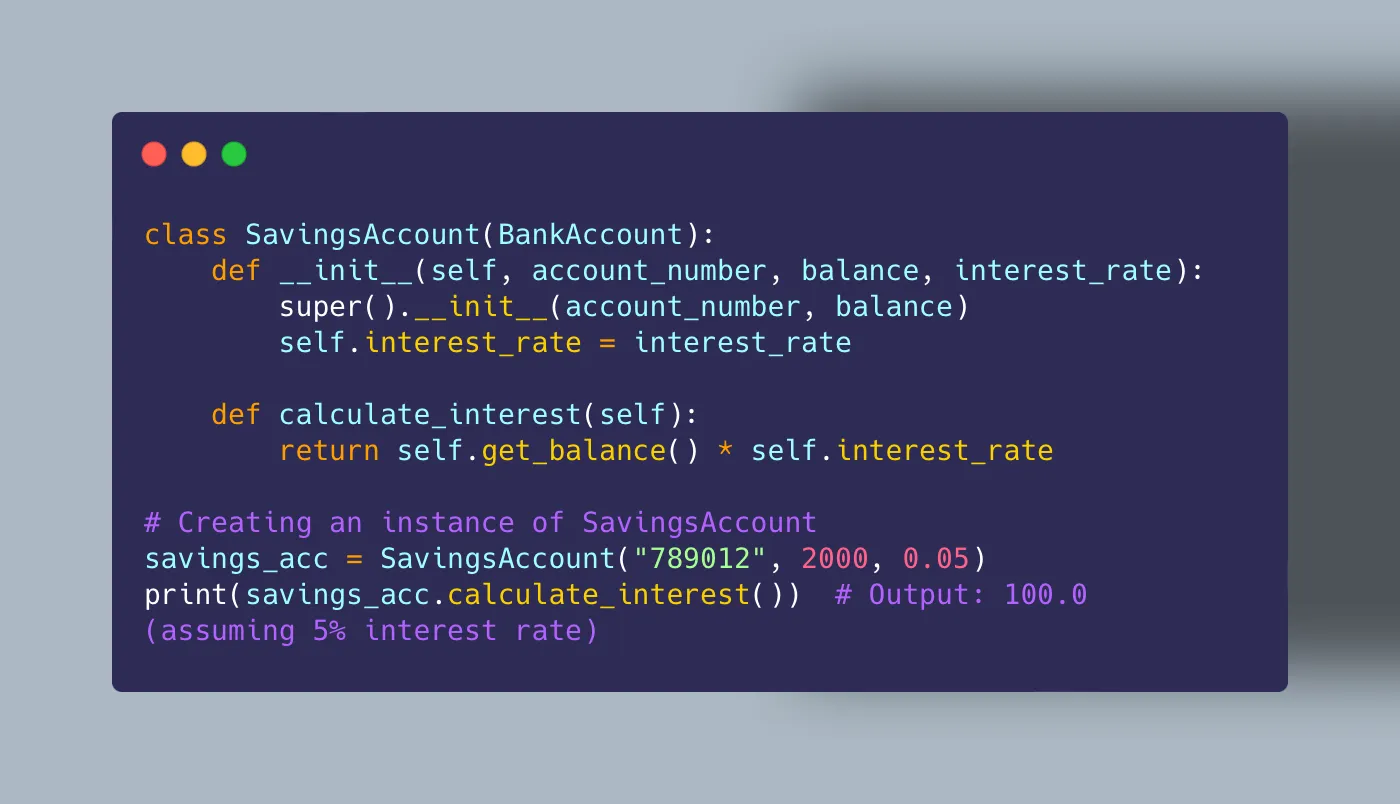
Unmatched Ease of Learning and Readability
One of Python’s most significant advantages is its clean, intuitive, and concise syntax, which is often described as being readable like plain English. This inherent simplicity allows developers to express complex ideas in fewer lines of code compared to many other languages, significantly accelerating the rapid prototyping and development process. The readability of Python code also minimizes errors and simplifies the debugging process, making it an ideal choice for both programming beginners and seasoned professionals transitioning from other languages. This ease of entry has profoundly impacted the programming world by lowering the barrier to entry for new coders, leading to a substantial increase in the volume of Python code being written and a continuously expanding global talent pool of Python developers. The growing accessibility of coding, partly fueled by the rise of large language models (LLMs) that often generate Python code, further solidifies its position as a go-to language for those starting their coding journey.
Versatility Across Diverse Domains
Python’s adaptability is truly remarkable, supporting multiple programming paradigms, including object-oriented, functional, and procedural programming. This flexibility empowers developers to select the most appropriate paradigm for their specific use case. Furthermore, its cross-platform compatibility ensures that Python code runs seamlessly across major operating systems like Windows, macOS, and Linux, allowing for write-once, deploy-anywhere capabilities without modifications.
Python’s extensive application spectrum is evident across numerous critical industries:
- Web Development: Python is a powerful solution for building scalable web applications, particularly those requiring complex data processing. Frameworks such as Django, Flask, and FastAPI extend Python’s reach into web development, making it a popular choice for backend services and data-heavy web applications. While JavaScript, especially with Node.js, excels in full-stack development, Python maintains a strong position for server-side applications where its data handling capabilities are paramount.
- Data Science & Analytics: Python is an indispensable tool for data manipulation, analysis, and visualization, revolutionizing how big data is handled. It is the language of choice for data scientists and analysts for tasks ranging from predictive analytics to intricate data visualizations. Key data science libraries like NumPy, foundational for numerical computations and used in 82% of data analysis tasks, and Pandas, employed by over 80% of data scientists for data cleaning and preparation, have seen their usage surge by 40% year-on-year. Visualization tools such as Matplotlib, Seaborn, and Plotly transform raw numbers into meaningful, interactive dashboards. Investing in these libraries is crucial for organizations aiming to harness the power of data analytics and machine learning, as they significantly enhance productivity and effectiveness in data science initiatives.
- Artificial Intelligence & Machine Learning: Python is undeniably the “go-to” language for AI development. All the major AI and machine learning frameworks—TensorFlow, PyTorch, and scikit-learn—are Python-first. TensorFlow, for instance, holds a market share of 27% among deep learning frameworks. Python’s role in this field is undeniable, especially as AI is projected to contribute a staggering $15.7 trillion to the global economy by 2030. The language’s dynamic typing and ability to abstract away underlying hardware complexities make it ideal for deep learning frameworks. It serves as an accessible interface, allowing developers to interact with highly optimized C or CUDA code that performs the heavy computational lifting, such as tensor operations. This allows developers to focus on building intelligent applications rather than low-level optimizations.
- Automation: Python’s simplicity and extensive library support make it an excellent choice for various automation tasks, including web scraping, file handling, and API interactions. Its ability to streamline repetitive processes is a major draw for businesses looking to improve operational efficiency.
- IoT & Edge Computing: Python is well-suited for prototyping and controlling Internet of Things (IoT) devices. With specialized versions like MicroPython and CircuitPython, developers can use Python on microcontrollers to build lightweight IoT applications across various industries. Python’s support for frameworks like Paho MQTT and Home Assistant will enable seamless integration with IoT networks, allowing devices to communicate efficiently. By 2025, deeper integration of Python with edge computing is expected, facilitating local processing of IoT data, thereby reducing latency and reliance on cloud services. This is particularly crucial for industries like agriculture, energy, logistics, and remote healthcare, where internet access may be limited and real-time response is essential.
- Quantum Computing: Python’s integration with quantum computing is one of the most exciting trends for 2025. As quantum computers become more accessible, Python will be at the forefront of this revolution, utilizing frameworks like Qiskit (by IBM), Cirq (by Google), and PennyLane (by Xanadu). By 2025, Python is expected to make quantum computing more accessible to researchers, scientists, and developers, benefiting industries such as pharmaceuticals, finance, and logistics with quantum solutions.
- Explainable AI (XAI): Explainable AI (XAI) is a Python technology anticipated to see increased use. Tools like SHAP and LIME will assist developers in understanding which features influenced an AI’s decision and to what extent. This understanding is particularly important in critical industries such as healthcare, finance, and legal sectors, where transparency in AI decision-making is crucial.
Robust Ecosystem and Community Support
Beyond its core language features, Python boasts an exceptional ecosystem of libraries and frameworks, which is a primary driver of its popularity. Its extensive standard library comes with a wide array of pre-built modules and functions, reducing the need for external dependencies for common tasks. Furthermore, thousands of third-party libraries and frameworks cater to diverse fields, from web development (Django, Flask) and data science (NumPy, Pandas, Matplotlib) to machine learning (TensorFlow, PyTorch) and automation (Selenium).
As an open-source and free language, Python has fostered a thriving global community that continuously improves the language and contributes to its ecosystem. This active community ensures access to extensive documentation, a wealth of tutorials, and readily available troubleshooting resources, making it easier for developers to learn, implement, and overcome challenges. The combination of a rich library ecosystem and a vibrant, supportive community significantly accelerates development cycles and ensures the long-term viability and continuous evolution of the language. This collective contribution means that for nearly any development task, there is likely already a Python library available, allowing teams to move faster and focus on innovation rather than reinventing the wheel.
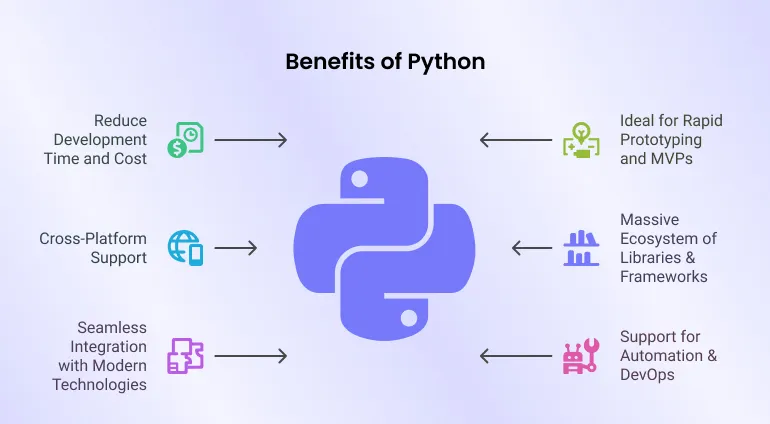
Addressing Python’s Trade-offs and Future Optimizations
While Python’s advantages are compelling, it is important to acknowledge that no programming language is without its trade-offs. Python is not built for raw speed; it is an interpreted, dynamically typed language, and it includes the Global Interpreter Lock (GIL), which can limit its performance in multi-threaded, CPU-heavy tasks. Some argue that its simplicity can become a limitation when solving highly complex problems.
However, for the vast majority of modern applications—including APIs, cloud services, and automation—Python’s performance is perfectly adequate. When raw speed is absolutely critical, effective workarounds exist. Performance-critical parts of an application can be rewritten in faster languages like C++, Rust, or Go, with Python serving as the accessible interface. In fact, much of the heavy lifting in AI, such as tensor operations, already occurs in highly optimized C or CUDA code under the hood, with Python merely providing the user-friendly layer.
Looking towards 2025, performance optimization remains a key focus within the Python community. Innovations like Mojo, designed to offer a “Pythonic” way to leverage CPU and GPU power optimally, are emerging as potential solutions for data analysts and others needing a significant performance boost without abandoning the Python ecosystem. Furthermore, the increasing focus on Explainable AI (XAI) and deeper integration with edge computing, as discussed earlier, will contribute to more efficient and specialized applications of Python, ensuring its continued relevance even in performance-sensitive domains.
Strategic Implications for Businesses and Developers
Python’s dominance in 2025 carries significant strategic implications for both businesses and individual developers navigating the evolving technology landscape.
For Businesses
For businesses, Python is increasingly chosen when speed and flexibility are paramount. It enables teams to prototype ideas rapidly, leading to faster development cycles, quicker decision-making, accelerated releases, and ultimately, faster revenue generation. This agility is crucial in a world where time-to-market is a critical competitive differentiator. Python’s robust ecosystem means that for almost any development need, a library likely already exists, allowing businesses to “move fast, spend less”.
Furthermore, the massive talent pool of Python developers ensures that hiring qualified professionals is relatively straightforward. The demand for Python developers surged by 20% in the last year alone. Python also integrates beautifully with cloud-native and microservice-based systems, facilitating scalability for growing enterprises. For businesses aiming to integrate Artificial Intelligence into their products or automate internal processes, Python offers the fastest and most direct path to achieving these goals. Companies that prioritize Python investment for innovation in data science, machine learning, and AI are strategically positioning themselves for future success. Industry reports indicate that companies leveraging Python have reported productivity improvements of 30% due to its simplicity and versatility.
For Developers
For developers, Python’s ease of learning significantly lowers the barrier to entry into the programming world, making it an ideal first language. Its widespread adoption translates into high demand for Python skills, offering a robust and future-proof career path. Developers proficient in Python will find abundant opportunities across diverse sectors, including web development, data science, and AI, which remain the top sectors driving Python adoption. Moreover, Python’s increasing influence in emerging technologies like Quantum Computing, Explainable AI (XAI), and Edge Computing means that mastering Python opens doors to cutting-edge innovations and specialized roles. Python is not merely a popular language; it is a gateway to a broad spectrum of technological advancements and a secure bet for long-term career growth in the tech industry.
Conclusion
As 2025 unfolds, Python’s position as the #1 programming language is not merely a projection but a clear reality, solidified by its unparalleled versatility, ease of use, and a robust, continuously expanding ecosystem. Its dominance is evident across critical sectors, serving as the backbone for Artificial Intelligence and Machine Learning, revolutionizing Data Science and Analytics, powering scalable Web Development, and making significant inroads into emerging fields such as IoT, Edge Computing, and Quantum Computing.
While Python acknowledges its trade-offs, particularly concerning raw execution speed in highly specialized scenarios, its inherent strengths far outweigh these limitations for the vast majority of modern applications. Its ability to serve as an accessible interface to highly optimized underlying code, coupled with ongoing performance enhancements and the emergence of complementary tools, ensures its continued relevance and efficiency.
Python is not a fleeting trend; it has become an essential, fundamental pillar of the tech world, enabling rapid innovation, fostering a massive talent pool, and providing a reliable foundation for businesses and developers alike. Its pervasive presence and strategic importance across virtually every facet of technology underscore its undeniable status as the undisputed leader in 2025 and for the foreseeable future. For anyone looking to build, innovate, or advance in the digital age, embracing Python remains the most strategic and impactful choice.
About the author : koosha Mostofi
I’m Koosha Mostofi — a multidisciplinary media creator, full-stack developer, and automation engineer, currently based in Tbilisi, Georgia. With more than two decades of professional experience, I’ve been fortunate to work at the crossroads of technology and creativity, delivering real-world solutions that are both visually engaging and technically robust.



